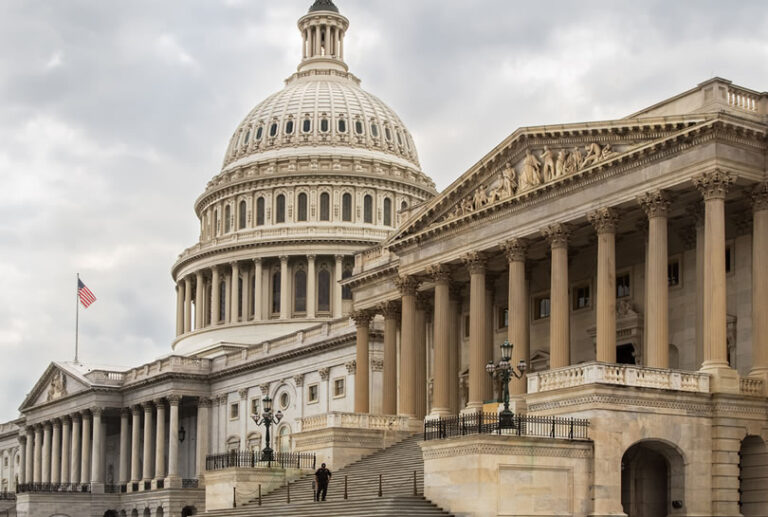July 20, 2020 – The Trump administration instructed hospital systems and providers last week that they should no longer report data on COVID-19 cases, hospitalizations, deaths, positive test results, etc. to the Centers for Disease Control and Prevention’s (CDC’s) National Healthcare Safety Network site, and instead should send this information to a newly launched data portal at the Department of Health and Human Services (HHS). This move, which gave facilities just a few days’ notice, was followed by the CDC taking its COVID-19 database offline.
Public health experts, such as former CDC Director Tom Frieden, as well as influential senators such as Patty Murray (D-Wash.), ranking member of the Senate Health, Education, Labor, and Pensions Committee, warn that the new process allows the data to be politicized or withheld from the public. HHS is “exploring the best way to make this information available to the public,” according to HHS Chief Information Officer Jose Arrieta, but they have not promised full access to researchers and the public.
According to an HHS document, “COVID-19 Guidance for Hospital Reporting and FAQs For Hospitals, Hospital Laboratory, and Acute Care Facility Data Reporting,” updated July 10, “this data will be used to inform decisions at the federal level, such as allocation of supplies, treatments, and other resources.” The document also states that HHS “will no longer be sending out one-time requests for data to aid in the distribution of Remdesivir or any other treatments or supplies. This daily reporting is the only mechanism used for the distribution calculations, and … is needed daily to ensure accurate calculations.”
Further, the document states that the change will allow HHS and the administration to “turn to moving away from a manual entry process and toward an automated one to ultimately reduce the burden on data collection.”
This is a major change in policy, considering CDC’s decades-long role in tracking and monitoring the spread of diseases in the United States and the resulting deep expertise in analyzing trends and strong connections with similar agencies in foreign government. During the COVID-19 pandemic, to date the CDC’s database has been the most accessible and accurate source of information for the public and for other organizations doing analyses on national and local trends, including the availability of hospital or ICU beds.
The initial explanation offered for the sudden change – that it will help HHS better allocate needed supplies and resources – is not convincing given that HHS already had access to the CDC data, noted Jon Bigelow, executive director of the Coalition for Healthcare Communication. The second purported reason – that the manual entry needed for getting data into the CDC database was too cumbersome – seems disingenuous, because although the manual entry at the CDC is time-consuming, the HHS replacement – TeleTracking™ – also relies on manual data entry and the change requires hospitals across the country, already stretched thin during the pandemic, to reconfigure systems for reporting.
A more realistic possibility is that the Trump administration wants better control over what data is made available to the public. Administration officials have claimed that the reported numbers of COVID-19 cases and deaths are too high (although leading clinical and epidemiologic experts believe the contrary, that COVID-19 cases and deaths have been significantly underreported, especially early in the crisis), according to Bigelow.
“No one is helped when data is manipulated or hidden to support a political message,” Bigelow said. “We need the most accurate information possible to make sound clinical, logistical, and economic decisions in this or any public health emergency,” he asserted. “By sidelining the CDC database, the Trump administration is setting a dangerous precedent.”




